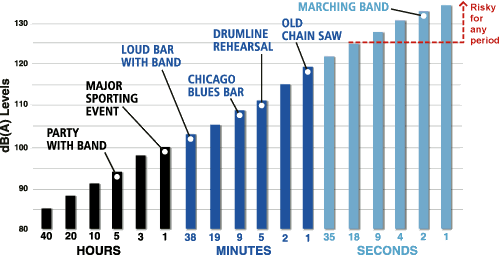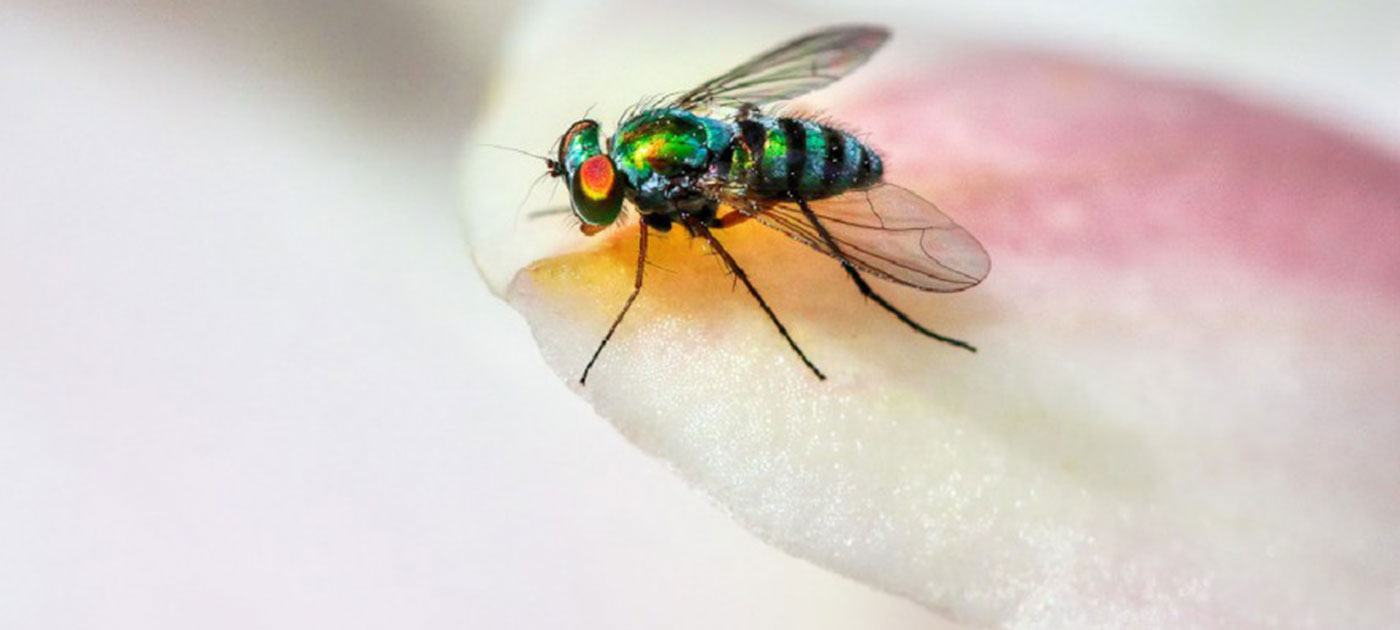During a routine annual check-up at Bethesda Naval Hospital, President Bill Clinton received encouraging news from his doctor: his cholesterol count was significantly reduced, and he had shed nearly 20 pounds of body fat. However, he was disappointed to learn that his life-long hearing problems had worsened, requiring the use of hearing aids. Even today, his hearing continues to deteriorate (Broder, 1997).

What causes hearing loss?
Noise-Induced Hearing Loss (NIHL) is largely responsible for irreversible hearing damage. NIHL can be caused by a one-time exposure to a loud sound or continued exposure to high-decibel noises. How loud is loud enough to cause permanent hearing loss? For comparison, a normal conversation is measured at around 6o decibels (an acceptable acoustical range), while a gunshot close to your head can measure upwards of 190 decibels. A noise this loud can result in immediate and permanent hearing impairment (“Dangerous Decibels,” 2014).
Where Do Fruit Flies Come Into Play?

Daniel Eberl, a professor of biology at the University of Iowa, explains that “fruit flies allow extraordinary efficiency” in terms of the numbers of animals that can be tested and the relatively low cost to maintain them (Galluzzo, 2013). In a study conducted by Eberl, researchers exposed one half of the fruit flies to a 120 decibel tone (equivalent to a human’s exposure at a rock concert) that over-stimulated their auditory system. The other half of the fruit flies were exposed to a series of song pulses at a lower, but nonetheless detrimental volume.
The two groups experienced different results: the ears of the fruit flies exposed to the louder tone were still impaired a week after the experiment was conducted — the same amount of time it took for the flies exposed to the song pulses to recover. The effect on the molecular underpinnings of the fruit fly’s ear is similar to that experienced by humans. (“Hearing Loss,” 2014). These results show strikingly similar characteristics between the ear of fruit fly and the human and can possibly lead to treatment for NIHL in the future.
Hear! Hear!
Who could imagine that a breakthrough based on fruit fly research could some day render hearing aids obsolete? And the good news is that millions of Americans, from Bill Clinton to your next-door neighbor, stand to benefit when hearing loss is no longer an occupational hazard or a natural outcome of aging.
![[Graphic by Staff Illustrator]](https://www.curiousyoungwriters.org/wp-content/uploads/2014/10/Fruit-fly-illustration-300x300.jpg)
- Noise-induced hearing loss (NIHL) affects over 4o million Americans of all ages.
- There is currently no treatment for NIHL as scientists are just beginning to understand the causes of the disease.
- Fruit flies have ears with similar molecular structures to that of humans.
- Researchers at the University of Iowa have confirmed that the fruit fly is an optimal model to study NIHL.
This article was written by cYw28. As always, before leaving a response to this article please view our Rules of Conduct. Thanks! -cYw Editorial Staff
